First
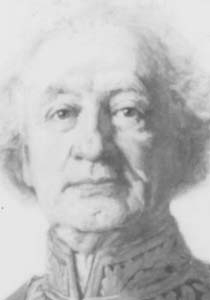
|
Sir John A. Macdonald
(Liberal-Conservative)
|
01-07-1867
to
05-11-1873
|
1st Parliament to
2nd Session, 2nd Parliament (1867-73)
|
On May 24, 1867, Macdonald was formally commissioned by the Governor
General to form the first government under Confederation.
|
Resignation
|
Second
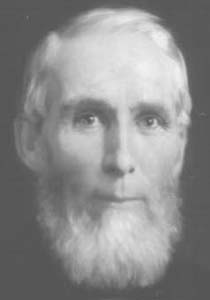
|
Alexander Mackenzie
(Liberal)
|
07-11-1873 [1]
to
08-10-1878
|
2nd Session, 2nd Parliament to
3rd Parliament (1873-78)
|
Called upon by the Governor General to form a ministry following the
resignation of Sir John A. Macdonald and his government
|
Results of general election held on September 17, 1878
|
Third

|
Sir John A. Macdonald
(Liberal-Conservative)
|
17-10-1878
to
06-06-1891
|
4th Parliament to
1st Session, 7th Parliament (1878-91)
|
Results of general election held on September 17, 1878
|
Death of Macdonald on June 6, 1891
|
Fourth
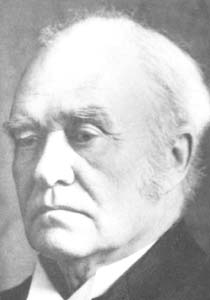
|
Sir John Abbott [2]
(Liberal-Conservative)
|
16-06-1891
to
24-11-1892
|
1st Session, 7th Parliament to
2nd Session, 7th Parliament (1891-92)
|
Called upon by the Governor General to form a ministry following the
death of Sir John A. Macdonald
|
Resignation
|
Fifth
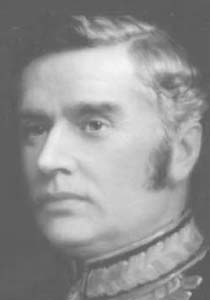
|
Sir John Thompson
(Liberal-Conservative)
|
05-12-1892
to
12-12-1894
|
3rd Session, 7th Parliament to
4th Session, 7th Parliament (1892-94)
|
Called upon by the Governor General to form a ministry following the
resignation of Sir John Abbott
|
Death of Thompson on December 12, 1894
|
Sixth
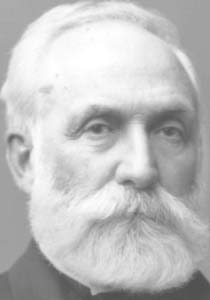
|
Sir Mackenzie Bowell [3]
(Conservative)
|
21-12-1894
to
27-04-1896
|
5th Session, 7th Parliament to
6th Session, 7th Parliament (1894-96)
|
Called upon by the Governor General to form a ministry following the
death of Sir John Thompson
|
Resignation
|
Seventh

|
Sir Charles Tupper
(Conservative)
|
01-05-1896
to
08-07-1896
|
During a dissolution [4]
|
Called upon by the Governor General to form a ministry following the
resignation of Sir Mackenzie Bowell
|
Results of general election held on June 23, 1896
|
Eighth
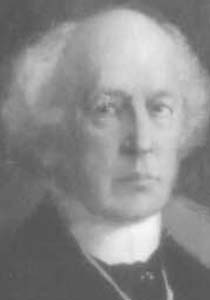
|
Sir Wilfrid Laurier
(Liberal)
|
11-07-1896
to
06-10-1911
|
8th Parliament to
11th Parliament (1896-1911)
|
Results of general election held on June 23, 1896
|
Results of general election held on September 21, 1911
|
Ninth
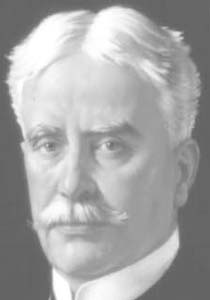
|
Sir Robert Borden
(Conservative)
|
10-10-1911
to
12-10-1917
|
12th Parliament
(1911-17)
|
Results of general election held on September 21, 1911
|
Formation of a new ministry [5]
|
Tenth

|
Sir Robert Borden [6]
(Conservative)
|
12-10-1917
to
10-07-1920
|
1st Session, 13th Parliament to
4th Session, 13th Parliament (1917-20)
|
Re-organization
|
Resignation
|
Eleventh
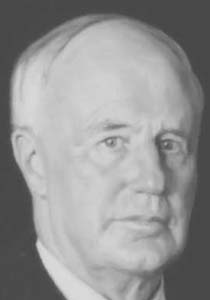
|
Arthur Meighen [7]
(Conservative)
|
10-07-1920
to
29-12-1921
|
5th Session, 13th Parliament
(1921)
|
Prime Minister Borden recommended that the Governor General call upon
Arthur Meighen to succeed him as Prime Minister.
|
Results of general election held on December 6, 1921
|
Twelfth
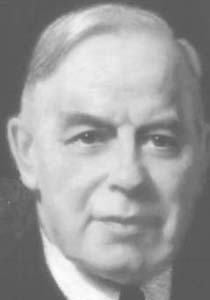
|
W.L. Mackenzie King
(Liberal)
|
29-12-1921
to
28-06-1926
|
14th Parliament to
1st Session, 15th Parliament (1921-26)
|
Results of general election held on December 6, 1921
|
Resignation [8]
|
Thirteenth

|
Arthur Meighen [7]
(Conservative)
|
29-06-1926
to
25-09-1926
|
1st Session, 15th Parliament
(1926)
|
With the resignation of W.L. Mackenzie King, the Governor General
called upon Arthur Meighen, the Leader of the Opposition, to form a ministry.
|
Results of general election held on September 14, 1926
|
Fourteenth

|
W.L. Mackenzie King
(Liberal)
|
25-09-1926
to
07-08-1930
|
16th Parliament
(1926-30)
|
Results of general election held on September 14, 1926
|
Results of general election held on July 28, 1930
|
Fifteenth
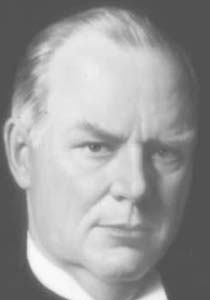
|
R.B. Bennett
(Conservative)
|
07-08-1930
to
23-10-1935
|
17th Parliament
(1930-35)
|
Results of general election held on July 28, 1930
|
Results of general election held on October 14, 1935
|
Sixteenth

|
W.L. Mackenzie King
(Liberal)
|
23-10-1935
to
15-11-1948
|
18th Parliament to
4th Session, 20th Parliament (1935-48)
|
Results of general election held on October 14, 1935
|
Resignation
|
Seventeenth
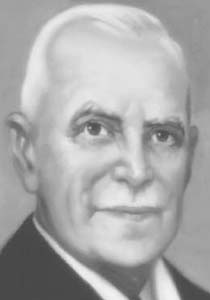
|
Louis St. Laurent
(Liberal)
|
15-11-1948
to
21-06-1957
|
5th Session, 20th Parliament to
22nd Parliament (1948-57)
|
On August 7, 1948 St. Laurent was chosen leader of the Liberal party
of Canada at a party leadership convention. On November 15, 1948, upon the
resignation of Prime Minister W.L. Mackenzie King, he was sworn in as Prime
Minister.
|
Results of general election held on June 10, 1957
|
Eighteenth
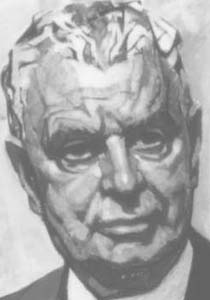
|
John Diefenbaker
(Progressive Conservative)
|
21-06-1957
to
22-04-1963
|
23rd Parliament to
25th Parliament (1957-63)
|
Results of general election held on June 10, 1957
|
Results of general election held on April 8, 1963
|
Nineteenth
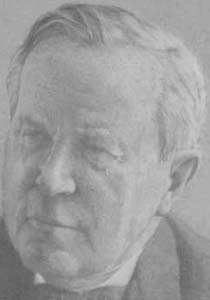
|
Lester B. Pearson
(Liberal)
|
22-04-1963
to
20-04-1968
|
26th Parliament to
2nd Session, 27th Parliament (1963-68)
|
Results of general election held on April 8, 1963
|
Resignation
|
Twentieth
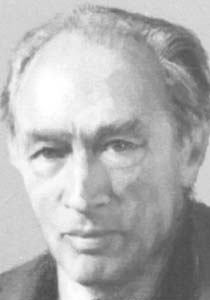
|
Pierre E. Trudeau
(Liberal)
|
20-04-1968
to
04-06-1979
|
2nd Session, 27th Parliament to
30th Parliament (1968-79)
|
On April 6, 1968 Trudeau was chosen leader of the Liberal Party of
Canada at a party leadership convention. On April 20, 1968, upon the resignation of Prime Minister Lester B.
Pearson, he was sworn in as Prime Minister.
|
Results of general election held on May 22, 1979
|
Twenty-first
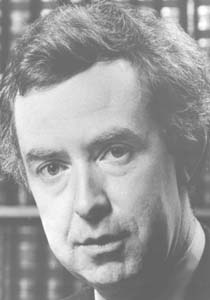
|
Joseph Clark
(Progressive Conservative)
|
04-06-1979
to
03-03-1980
|
31st Parliament
(1979)
|
Results of general election held on May 22, 1979
|
Results of general election held on February 18, 1980
|
Twenty-second

|
Pierre E. Trudeau
(Liberal)
|
03-03-1980
to
30-06-1984
|
1st Session, 32nd Parliament to
2nd Session, 32nd Parliament (1980-84)
|
Results of general election held on February 18, 1980
|
Resignation
|
Twenty-third
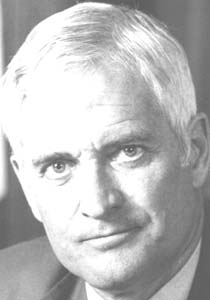
|
John Turner [9]
(Liberal)
|
30-06-1984
to
17-09-1984
|
2nd Session, 32nd Parliament
(1984)
|
On June 16, 1984 Turner was
chosen leader of the Liberal Party of Canada at a party leadership
convention. On June 30, 1984, upon
the resignation of Prime Minister Pierre E. Trudeau, he was sworn in as Prime Minister.
|
Results of general election held on September 4, 1984
|
Twenty-fourth
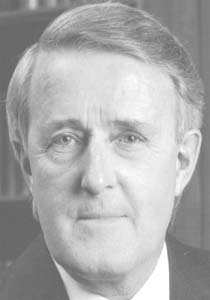
|
Brian Mulroney
(Progressive Conservative)
|
17-09-1984
to
25-06-1993
|
33rd Parliament to
3rd Session, 34th Parliament (1984-93)
|
Results of general election held on September 4, 1984
|
Resignation
|
Twenty-fifth
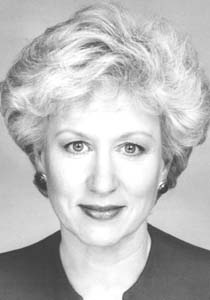
|
Kim Campbell
(Progressive Conservative)
|
25-06-1993
to
04-11-1993
|
3rd Session, 34th Parliament
(1993) [10]
|
On June 13, 1993 Campbell was chosen leader of the Progressive
Conservative Party of Canada at a party leadership convention. On June 25, 1993, upon the resignation of
Prime Minister Brian Mulroney, she was sworn in as Prime Minister.
|
Results of general election held on October 25, 1993
|
Twenty-sixth
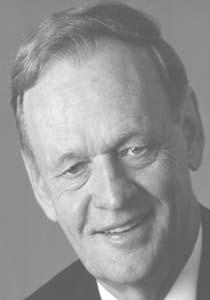
|
Jean Chrétien
(Liberal)
|
04-11-1993
to
12-12-2003
|
35th Parliament to
2nd Session, 37th Parliament (1993-2003)
|
Results of general election held on October 25, 1993
|
Resignation
|
Twenty-seventh
|
Paul Martin
(Liberal)
|
12-12-2003
to
06-02-2006
|
3rd Session, 37th Parliament to
1st Session, 38th Parliament (2003-06)
|
On November 14, 2003, Martin was chosen leader of the Liberal Party of Canada at a party leadership
convention. On December 12, 2003, upon the resignation of Prime Minister Jean Chrétien, he was sworn
in as Prime Minister.
|
Results of general election held on January 23, 2006
|